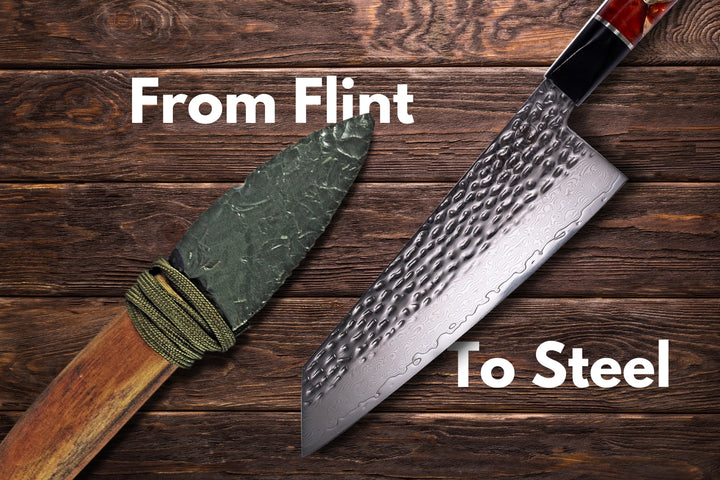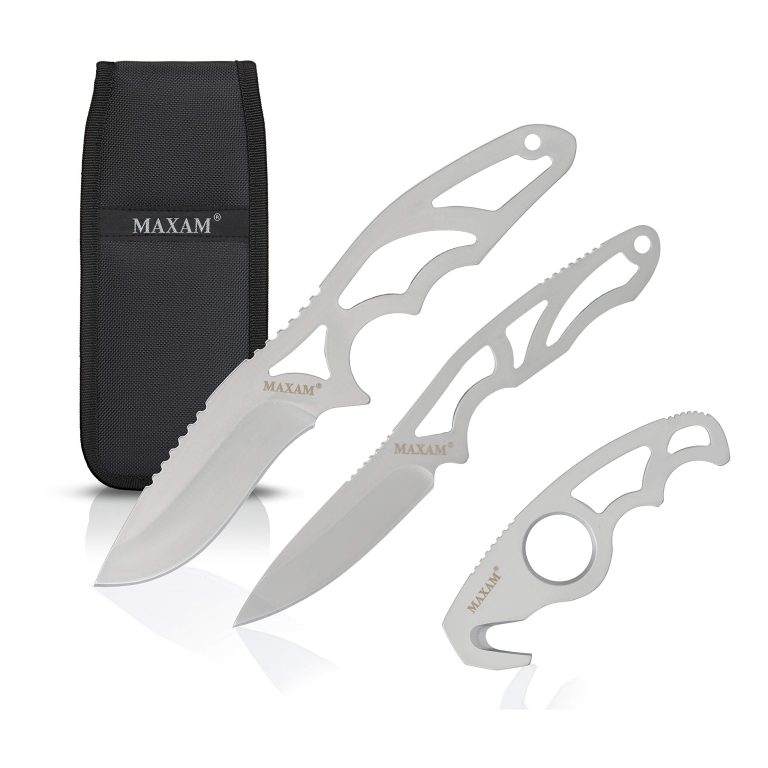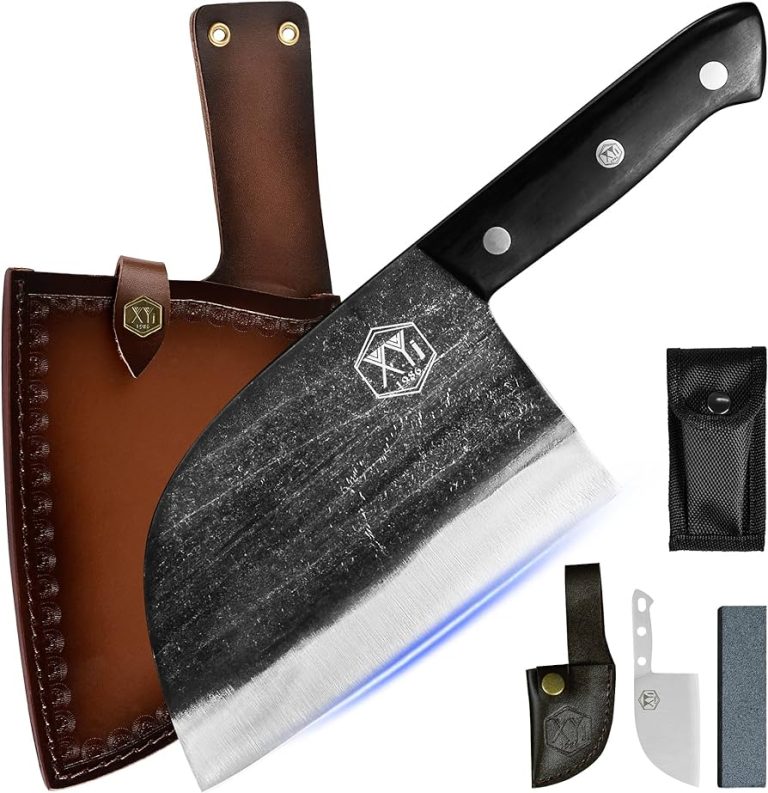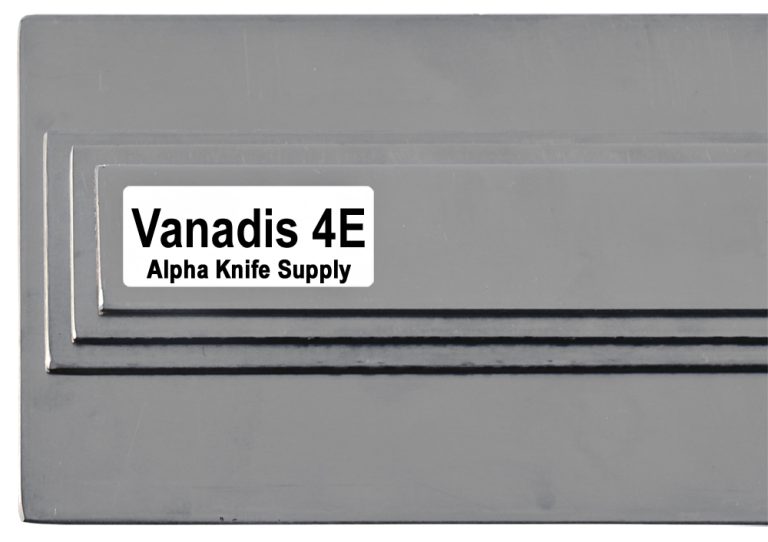The History And Evolution of Home Kitchen Knives
The history and evolution of home kitchen knives dates back thousands of years, with continuous advancements in design and functionality. These knives have evolved from simple stone tools to versatile and specialized instruments, catering to the diverse needs of modern cooking.
Today, kitchen knives come in various shapes, sizes, and materials, each serving a specific purpose in the culinary world. With the advent of new technologies and manufacturing techniques, the quality and performance of kitchen knives have significantly improved over time, resulting in more precise and efficient cutting.
So let’s delve into the fascinating journey of home kitchen knives, exploring their rich history and the factors that have shaped their evolution.
Prehistoric Origins Of Kitchen Knives
The prehistoric origins of kitchen knives can be traced back to ancient tools used for food preparation. Early knife materials and designs reflected the available resources and cultural practices of different civilizations. In ancient times, people used sharp rocks or shells to cut and prepare food. As communities developed, so did kitchen knives. The Bronze Age saw the introduction of metal knives, which were much sharper and more durable. With the rise of civilizations like the Egyptians and Greeks, kitchen knives became more sophisticated in design and craftsmanship. Knives made from iron and steel began to emerge, exhibiting improved sharpness and strength. These early kitchen knives laid the foundation for the evolution of cutting tools, leading to the wide variety of kitchen knives we use today.

Credit: www.koiknives.com
The Birth Of Specialized Kitchen Knives
The history of home kitchen knives is a fascinating journey that has seen the emergence of specialized kitchen knives and the evolution of culinary cultures. From the ancient times when primitive tools were used for food preparation, to the development of specialized knife-making techniques and innovations, the birth of specialized kitchen knives has played a pivotal role in the culinary world.
With the emergence of various culinary cultures around the globe, different regions developed their own unique knife styles and shapes, suited to their specific cooking techniques and ingredients. From the heavy cleavers of China to the elegant santoku knives of Japan, each knife has its own story to tell.
| Knife Types | Kitchen Origin | Notable Features |
|---|---|---|
| Chef’s Knife | France | Versatile and all-purpose, with a curved blade for slicing and dicing. |
| Santoku Knife | Japan | A shorter, wider blade with a flat cutting edge, perfect for chopping and mincing. |
| Paring Knife | Germany | Small and nimble, with a pointed blade for precision tasks like peeling and trimming. |
Over time, knife-making techniques have improved, leading to the use of high-quality materials and innovative designs. Today, kitchen knives are not just tools for cutting and slicing, but also a reflection of craftsmanship and style.
Understanding the history and evolution of home kitchen knives allows us to appreciate the significance of these essential tools in our daily cooking routines. From their humble beginnings to the sophisticated designs we see today, kitchen knives have truly come a long way.
Modernization Of Home Kitchen Knives
The history and evolution of home kitchen knives is fascinating, showcasing the modernization that has taken place over the years. During the industrial revolution, the manufacturing process of knives underwent a significant transformation. Mass production became possible, allowing for the production of large quantities of knives at a faster pace.
Another important milestone in the evolution of kitchen knives was the introduction of stainless steel and other materials. Stainless steel revolutionized the industry due to its durability, rust resistance, and ease of maintenance.
Technology has also played a significant role in the manufacturing of knives. Advanced machinery and automation have made the production process more efficient and precise. This has led to the creation of knives with superior quality and performance.
The Rise Of Chef’S Knives
The Rise of Chef’s Knives
The inception of versatile culinary tools paved the way for the rise of chef’s knives. These knives have undergone significant evolution throughout history, adapting to various cooking styles and culinary needs. From their humble beginnings as primitive tools used for basic food preparation, chef’s knives have evolved into indispensable kitchen companions for professional chefs and home cooks alike.
Today, there are numerous types and variations of chef’s knives available in the market. Each design offers distinct features to cater to different culinary techniques and preferences. Some popular variations include:
| Type | Description |
|---|---|
| Santoku | A Japanese chef’s knife characterized by its shorter, wider blade and versatile cutting capabilities |
| Bread Knife | Designed specifically for cutting bread, featuring a serrated blade to effortlessly slice through crusts |
| Boning Knife | An essential tool for deboning poultry, fish, and other meats, with a narrow, sharp blade for precision |
These examples are just a glimpse of the wide range of chef’s knives available, each tailored to enhance specific kitchen tasks. The evolution and diversity of chef’s knives continue to contribute to the artistry and efficiency of culinary endeavors.
The Influence Of Global Cuisine On Knife Design
The history and evolution of home kitchen knives have been shaped by the influence of global cuisine. Regional cooking styles and knife preferences have played a significant role in the development of diverse knife traditions, such as Japanese, German, and French.
Japanese knife traditions are known for their precision and delicate craftsmanship, with blades typically made from high-quality steel. German knife traditions, on the other hand, emphasize durability and versatility, often using heavier blades and a full tang construction. French knife traditions focus on balance and control, featuring lightweight blades and ergonomic handles.
These distinct knife traditions have evolved over time, reflecting the unique culinary requirements and traditions of each region. Whether it’s the precision needed for intricate Japanese sushi preparation or the robustness necessary for German meat carving, the design and characteristics of knives have been tailored to meet specific cooking needs.
The influence of global cuisine on knife design continues to drive innovation in the kitchenware industry. As cooking techniques and preferences evolve, so do the tools we use. From traditional knife-making techniques passed down through generations to contemporary innovations in materials and construction, the history and evolution of home kitchen knives reflect our ever-changing culinary landscape.
Contemporary Kitchen Knife Designs
table, th, td { border: 1px solid black; border-collapse: collapse; padding: 10px; }The History And Evolution of Home Kitchen Knives
Contemporary kitchen knife designs have revolutionized the way we prepare food in our homes. With a focus on **ergonomics** and user-friendly features, modern knives are designed to enhance the cooking experience. These knives are specifically crafted for **unique designs for specific food preparation tasks**, ensuring efficiency and precision in the kitchen.
Ergonomics and user-friendly features
When it comes to contemporary kitchen knife designs, **ergonomics** takes center stage. Manufacturers have invested considerable time and effort into creating knives that fit comfortably in the hand, reducing fatigue and improving control. *The handles of these knives are often padded and shaped to ensure a secure grip*.
In addition to ergonomics, **user-friendly features** have also been incorporated into modern knife designs. Many knives now feature **serrated blades for easy cutting**, **non-stick coatings to prevent food from sticking**, and **resilient materials that offer long-lasting sharpness**.
Unique designs for specific food preparation tasks
Moreover, contemporary knife designs cater to **specific food preparation tasks**. From **chef’s knives for versatile cutting and chopping**, to **santoku knives for precise slicing**, each knife is specialized for a particular purpose. This ensures that you have the right tool for various culinary challenges, resulting in better efficiency and quality in the kitchen.
The Importance Of Knife Maintenance And Care
The history and evolution of home kitchen knives is an intriguing journey that showcases the blending of artistry, functionality, and craftsmanship. Knife maintenance and care play a vital role in ensuring their longevity and optimal performance in the kitchen. Proper sharpening techniques are essential to keep blades sharp and efficient. Regular maintenance is key to extending the lifespan of your knives. Here are a few tips for maintenance:
- Always hand wash and thoroughly dry your knives to prevent rusting.
- Store knives in a knife block or on a magnetic strip to avoid damage to the blade.
- Regularly oil the blades to prevent corrosion.
- Avoid cutting on hard surfaces like glass or ceramic to prevent dulling.
- Use a honing steel to realign the blade edges between sharpenings.
- Consider professional sharpening services for restoring severely dull knives.
By following these maintenance tips, you can enjoy the long-lasting performance of your kitchen knives and ensure safe and efficient food preparation in your home.
Innovations Shaping The Future Of Kitchen Knives
Throughout history, home kitchen knives have undergone significant transformations, adapting to the changing needs and preferences of cooks. Innovations continue to shape the future of kitchen knives, with advancements in materials and forging techniques leading the way. Manufacturers are constantly experimenting with new materials such as high-carbon stainless steel and ceramic, offering knives that are not only durable but also resistant to corrosion. The evolution of forging techniques has made it possible to create blades with exceptional sharpness and edge retention. But it doesn’t stop there. The incorporation of smart technology in knife design is revolutionizing the way we think about kitchen tools. Sensors embedded in knife handles can provide real-time feedback on cutting techniques, ensuring precision and reducing the risk of accidents. As we look ahead, we can expect further advancements in materials, forging techniques, and smart kitchen knife technology, making cooking even more enjoyable and efficient. |
Conclusion
The history and evolution of home kitchen knives have a rich and fascinating story. The earliest known kitchen knives were simple tools made from stone or bone, gradually evolving into sharp metal blades during the Bronze Age. Over time, technological advancements led to the production of various knife types, including chef’s knives, utility knives, and serrated knives, each designed for specific tasks in the kitchen.
As demand grew, knife manufacturers began using different materials, such as stainless steel and carbon steel, which improved durability and sharpness. Furthermore, ergonomic handles were introduced to enhance comfort and control during cutting and slicing. Today, home chefs have an extensive range of kitchen knives to choose from, catering to their individual needs and preferences.
The journey of kitchen knives from humble beginnings to modern-day versatile tools showcases the ingenuity and continuous improvement in kitchenware technology. So, next time you pick up a kitchen knife, remember the fascinating history that lies within its blade.






